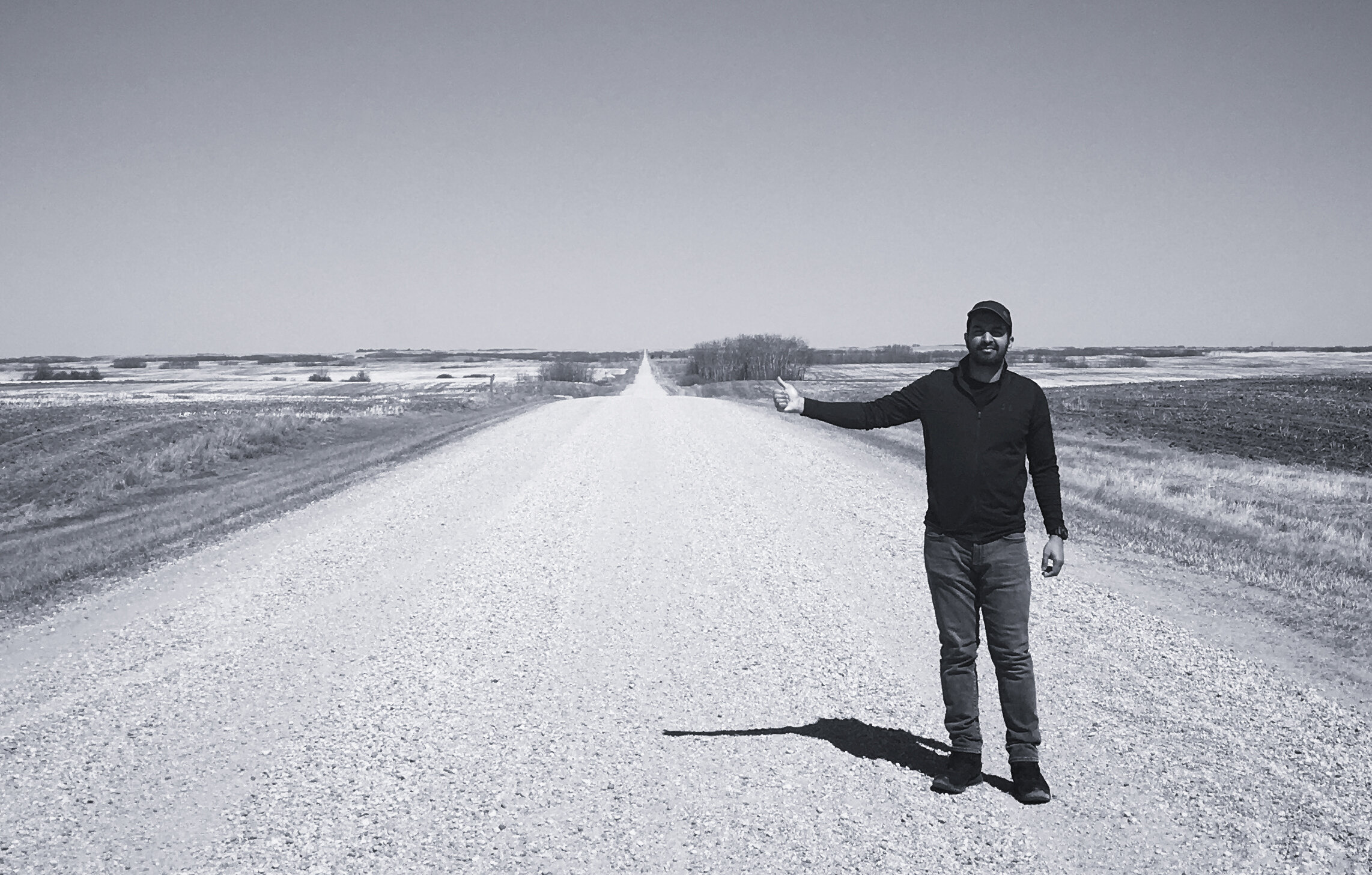When I visit home, my childhood home, I sleep in a room with wood-panelled walls and a window facing East. The floors are cool as it’s in the basement. The bed frame is old with new mismatched sheets. A dresser and closet contain artifacts from another time. A time when my father was alive.
It’s been seven years since my father received news that he needed to get his affairs in order as he had mere months to live. And then he was gone. Throughout that short period, my life felt like living in the eye of a hurricane. There was a million things to do. A million things to say. A million tears to cry. It is only recently that I’ve been truly reflecting on his life, impact and legacy. I’m sure the pandemic played a role in this pause.
In those seven years, his possessions remained untouched. Pairs of eyeglasses rest in cases placed on the dresser. Socks and belts are rolled up in the drawers. The closet is filled with XL-sized sweatshirts and the garish Hawaiian shirts he loved to wear. There are even old pairs of shoes. It never crossed my mind to get rid of these items because preserving them meant a part of him was still present. I didn’t want to lose that, nor lose the memories these inanimate objects held. But seven years is a long time. I struggled with the decision to clean and donate what could be salvaged but finally decided it was time.
Filling several bags with his clothes, I sorted between clear refuse and something that someone might need. There was a leather jacket that appeared good as new. A retro bowling shirt from one of his favourite television shows, Corner Gas, that a collector might have interest in. And, of course, all those Hawaiian shirts (Halloween is just around the corner)! I searched pockets for hidden treasure while taking in the moment. I was officially letting go. I felt sadness but also a sense of calm. There’s more to our being than the material possessions we leave behind. Love is the true legacy of a life well lived.
My bedroom at my childhood home is now filled with different signs of life, such as Monty’s squeaky toys and books that I dip into before slumber.
I kept one item after cleaning out the closet. Something that I rarely saw my father without. A hat always covered his head and while I sorted through his collection containing the emblems of a variety of random companies and sports teams, I decided to keep the one most well-worn of all — a Saskatchewan Roughriders cap that he bought, and proudly wore, after I moved to the province.
Wearing the one item I kept, my dad’s well-worn Saskatchewan Roughriders cap (©2021, Deborah Clague).









































